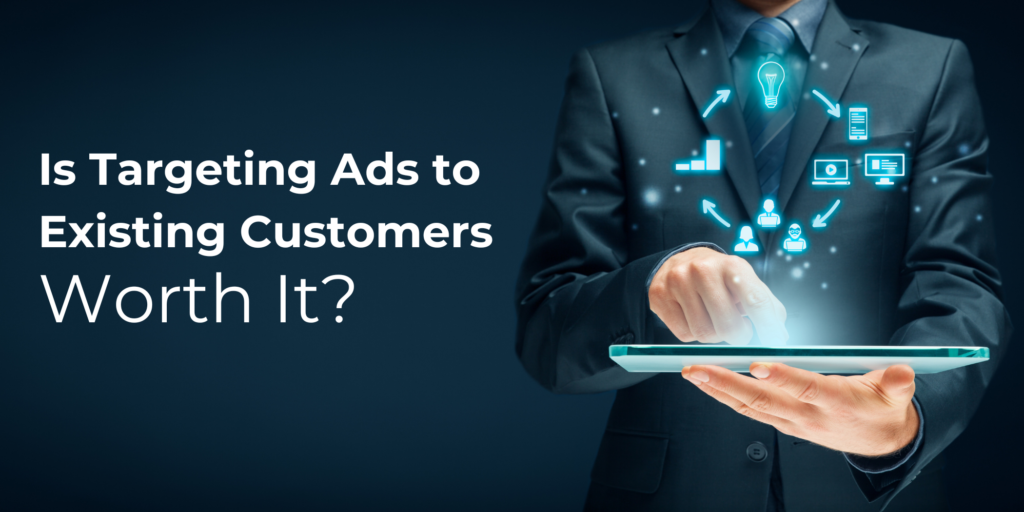
Why Marketing to Existing Customers Will Always Be Important
Whether you are selling consumer goods in a retail store or encouraging patients to get their flu shots, maintaining a positive communicative relationship with people already invested in your organization is instrumental in achieving goals and propelling your business. You may be asking, ‘Why should I spend time on marketing to existing customers?’. While it makes obvious sense to focus on driving new traffic to your organization’s physical locations, there is a great potential in re-engaging existing customers while they’ve taken the first steps in the buying process. By marketing to people who are already in your space, you can establish brand loyalty and increase customer engagement for improved campaign results.

Brand Loyalty
What makes a customer choose a certain brand over another? Whether it’s a soda, type of clothing, or even a service, people make decisions of purchase based on two things: price and reputation. While finding a good bargain on an item is a driving factor for many, the reputation of the organization selling the product or service can sway the decisions of even the most frugal purchaser. This goes for any retail, hospitality, healthcare, or education establishment. When someone is loyal to a brand, they place a higher level of importance on the perceived reputation and quality of interactions with the organization.
If customers have previously interacted with your organization, it is important to nurture the existing relationship to establish loyalty with your brand. By displaying content in your physical space that showcases your value over products, you’ll increase both message recall and salience in your customers. This recall can lead to more informed purchase decisions in the future.

Customer Engagement
It’s one thing to have existing customers visit your organization or company multiple times, but it is that much harder to encourage future actions like purchases or participation in events.
Ex. Your healthcare facility needs to increase the number of flu shot appointments before winter. While you may have a captive audience of patients waiting for check-ups in the lobby, there’s no way to be sure they are looking at a printed flier or checking their email about flu shot appointments.
Ex. You have a new seasonal promotion coming out that emphasizes savings on a product, but customers continue to walk in and out of your storefront without making a purchase; the perceived deal value is not strong enough to encourage your customers to stay.
Ex. Your school’s sports arena is selling advertising space to local companies, however you can’t guarantee that students and fans will engage with the content.
Incorporating participatory media into public spaces, like waiting rooms, lobbies, sales floors, etc., encourages existing or new customers in taking desired actions with your organization. These media forms normally incorporate a combination of six key elements:
Identification – your audience feels connected to the content they’re shown (i.e. combining local or demographic information for desired audiences)
Attention – the content combines visual elements that makes the message noticeable (i.e. image placement, color combinations)
Absorption – the content shows dynamic elements that holds audience’s attention (i.e. video, moving elements, supporting content that draws the eye)
Enthusiasm – the content uses actionable verbiage and images to engage the audience
(i.e. sensationalized language elicits an emotional response)
Experience – the content gives some form of testimonial account that validates your product or service (i.e. influencer or expert sponsorships and promotion)
Interaction – the content gives a declarative and intuitive Call to Action (i.e. ‘Sign Up’, ‘Call Now’, ‘Learn More’)
Creating effective advertising for physical spaces is becoming increasingly difficult with the adoption of digital ads as the marketing norm. If your organization is running advertising content in your store fronts, customer lobbies, or reception areas, you’ll want to make sure you’re engaging your existing customers as well as new ones. When you prioritize building brand authority and increasing engagement with your physical advertising, your audience will be more likely to take desired actions with your organization.
For more information on how digital signage solutions can help improve your marketing efforts, contact sales@hypersign.com
